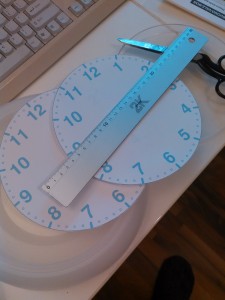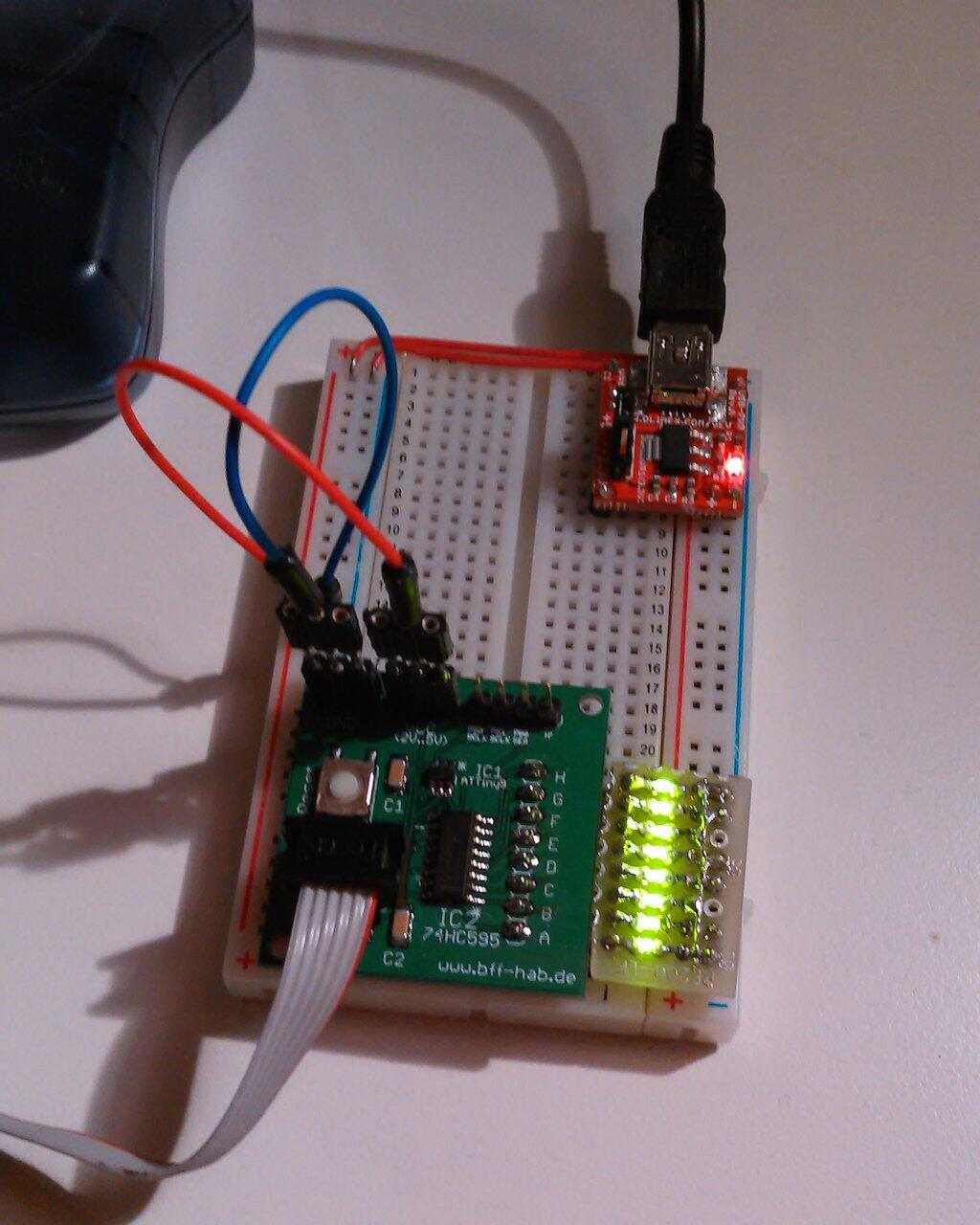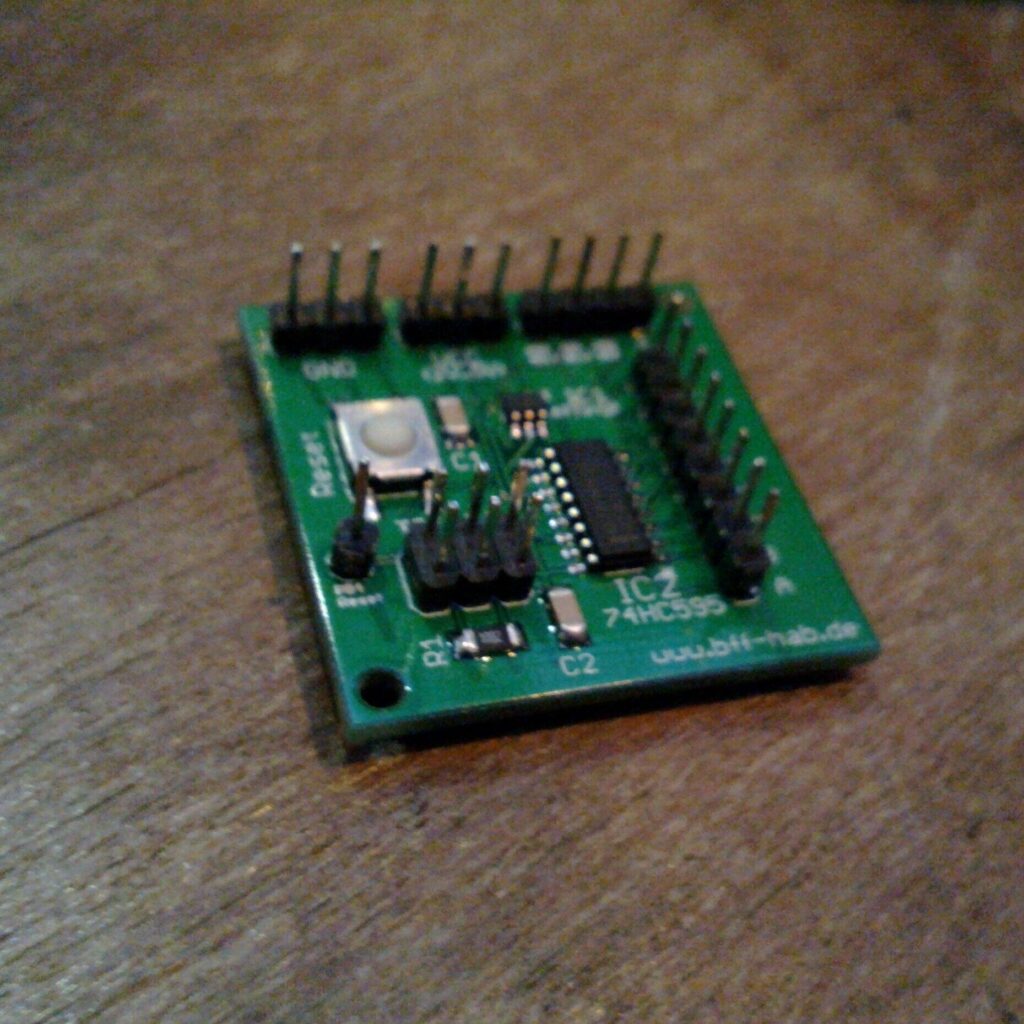Already in September 2017 I migrated away from Sailfish OS and I am now using an Android phone. For me, this is the first time I left the niche market of alternative phone operating systems to go mainstream. Originally I used a Nokia dumb phone and then in 2009 got the Nokia N900 as my first smartphone with Maemo as OS, which was so much joy, easily extensible due to the open platform, and had a sliding keyboard. After a few years I continued with the Nokia N9 with the now abandoned Meego. The N9 was released shortly before the Nokia phone department was switched to produce Windows phones for Microsoft. However, a group of former Nokia developers formed Jolla, a company producing an alternative phone operating system called SailfishOS.
Category Archives: Hardware
A custom clock face for my kitchen clock made with TikZ in LaTeX
A few weeks ago my kitchen clock broke. Actually not the clock itself did break. Instead, the clock face inside began to dissolve and fell into small pieces that hindered the hands from moving. I have no idea how that happened. It might have been the location in the kitchen above the window that includes exposure to fat and high humidity. Maybe it was a more general problem and it failed due to its age. This clock must be in my household for more than nine years now.

Finding the right size from design to printing
I pondered getting a new clock. However, I could not easily find one that both matched my expectations in price and design. Anyway, the clockwork itself is still functioning as it should and the rest of the plastic housing is also fine. Therefore, I decided to breath new life into this one by designing and printing a new clock face.
Tiny LEDs for a tiny microcontroller

Originally published at https://twitter.com/raimue/status/433353488043499520
Compared to the ATtiny9 on this board, my previous setup with 10mm LEDs took way too much space. So I miniaturized it with some spare SMD components I still had from previous projects.
This LED bar is breadboard compatible and fits directly onto the board. I deliberately chose to make it a bit larger than it had to be, now taking 5 pin columns of space. This size allows to use it on either side of the breadboard, as the Vcc and GND bus strips are switched on the other side. I also decided to leave out two pins on the GND pin header to make it fit in more different positions on the board, which was necessary due to pin grouping. Besides that I had to solve alignment issues, as the pins on the GND strip and the rest are a little bit shifted. I had to use a little bit force by pushing it into its position and then solder it as it was plugged onto the breadboard.
Actually this was not only for the ATtiny9 thing, but I think this device will be helpful in the future in general. From now on I will always have some LEDs available for the breadboard without fiddling around with wires and resistors.
Tinkering with ATtiny9
In June 2013 I attended a workshop on SMD soldering at the Gulaschprogrammiernacht 2013 (GPN13), a German hacker event organized by the regional CCC group in Karlsruhe. The result of a workshop organized by DrLuke was this small board with an ATtiny9 microcontroller and a 74HCT595 shift register.

(Originally published at https://twitter.com/raimue/statuses/340191330959519745)
The image shows my finished board with pin headers soldered. Later I changed the pin header for the 8 output pins again to make them point to the bottom. Now the board can easily be used on a breadboard for prototyping.
Continue reading